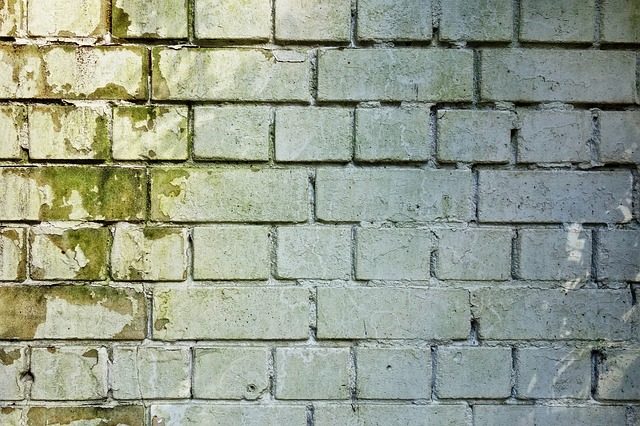Mold has become a nightmare for many of us. We ignore the effects of it, and not the cause. If we do not see any sign of its presence, it does not mean that we have removed it definitively Mold is a phenomenon that is manifested by a persistent moisture of the walls of a building, due to the water retained in the pores of the materials in which the walls are made. Beware, since dampness is often confused with condensation! Not every wet wall suffers from dampness.
Both dampness and condensation are characterized by moisture, with the difference that dampness is permanent, and condensation is temporary. Mold has negative effects on indoor microclimate, depriving it of humidity, which facilitates the appearance of microorganisms (mold). Mold affects people’s health, causing respiratory and cardiovascular disease. This is why mold remediation is important for your health.
Many of us believe that removing the mold with a dry cloth on the wall or painting the wall again solves the problem. It’s not like that. Although we ca not see it on the surface of the wall, it continues to grow inside it, eliminating the spores of paint that keep the home unhealthy. The most appropriate method of mold treatment is chemical treatments because they remove both the factors that facilitate its appearance and latent spores.
Why does mold appear
Lack of waterproofing or poor waterproofing. Some buildings do not have waterproofing at all or, if they are, this is faulty, which favors the migration of water through capillarity, groundwater or terrace. It is important to know that capillary mud is found on the lower floors, from faulty waterproofing to the foundation of the building or on the upper floors, from faulty waterproofing of the terrace. Read all about it here.
Inappropriate ventilation of the rooms. The appearance of dampness in the rooms that are equipped with thermo-insulating joinery is more and more frequent. This is because the room is not ventilated, and the humidity level is increasing. Moisture builds up in the walls because they cannot eliminate large amounts of water vapor (through construction materials, water vapor can pass, about 200 g of water per square meter is eliminated in one year).
Bad technological applications. During the construction of the building it is plastered or waterproofed much faster than it would be necessary for the water contained in the building elements (mortars, concrete) to be eliminated. Hence, building walls can be affected by moisture immediately after construction.
Methods of mold removal
Paints and anti-ingress solutions. These solutions and paints are in fact against condensation, not dampness. If you use these products to eliminate dampness, they will not be effective because they act on the effect, not on the cause. They will form an impermeable barrier that will keep water in the wall, preventing condensation on the surface, but wall degradation continues.
If the walls are affected by condensation, before applying one of these solutions or paints, the walls must be dried by chlorine and ventilation. These products can be found in stores, at prices ranging between 10 and 50 RON, depending on the quantity and the manufacturing company. This system can be used both to prevent dampness and to combat it. Electricity consumption is about the same as that of a buzzer. The system can be purchased from ASA Holding, in installments or on the spot.
Thermal insulation can create many problems if it is not done properly.
Why should mold be removed?
Mold is an invisible enemy of our health, it leads to the appearance of asthma and various allergies to those who live or work in an infected environment. Mold is one of the most dangerous allergens.
If a baby has an atopic terrain (that is, there are allergy sufferers in the family, which increases the risk of being allergic) and is exposed to mold during the early years, he will wipe out multiple allergies throughout his life, say specialists. Research shows that babies living in molded homes are at twice the risk of developing asthma, even if no one in the family suffers from this disease.
Asthma and mold are an extremely dangerous combination – children with asthma have more severe mold reactions than other allergens.







